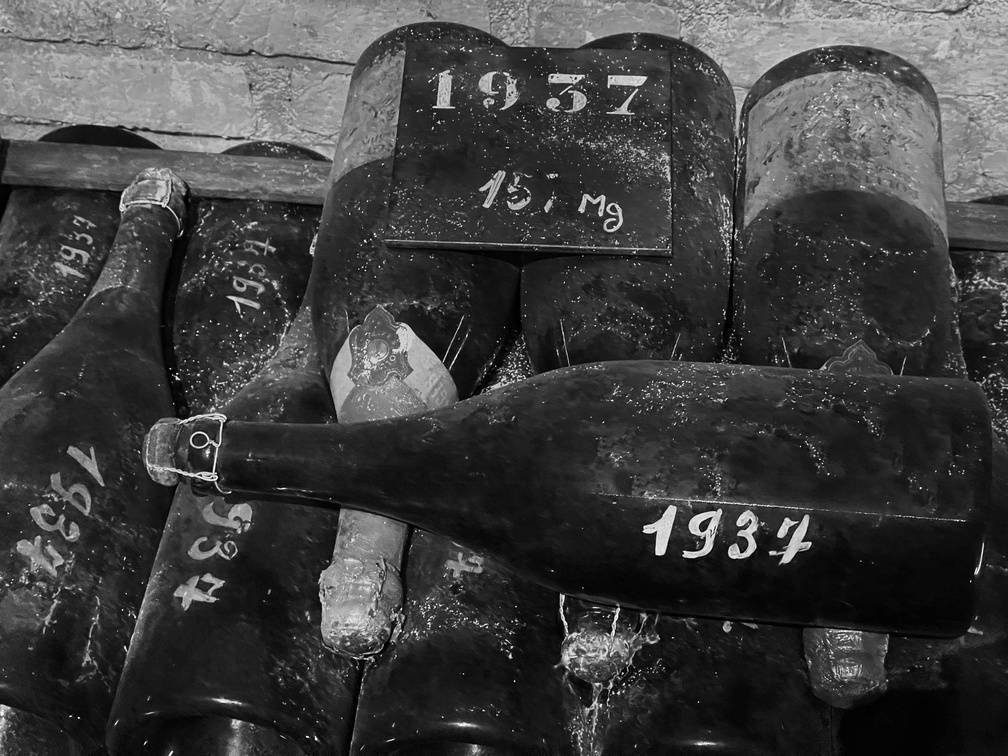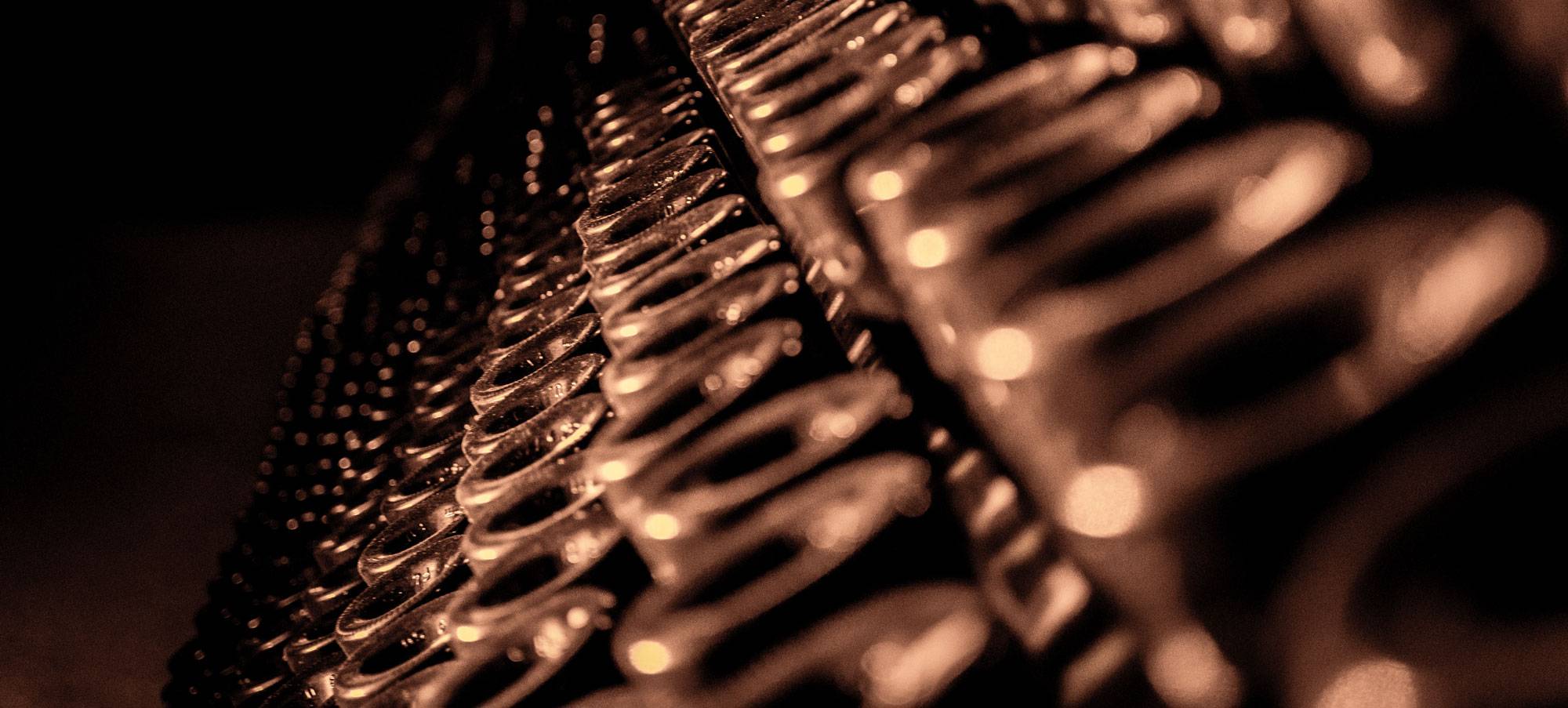Champagne, an exceptional wine and a symbol of celebration, deserves special care in both storage and service.
For wine merchants and sommeliers, mastering these aspects is essential to guarantee an optimal experience for their customers. Here are the best practices to adopt.
Storage: preserving the wine’s integrity
Champagne storage relies on a few simple but fundamental principles. First, allow bottles to rest after a long journey to preserve their balance. The storage area should be well-ventilated, free from odours and kept in darkness to avoid any light-related alteration. Contrary to popular belief, bottles can be stored lying down or upright without affecting the wine’s quality. The key is to maintain a stable temperature between 10 and 15°C and humidity between 60% and 80%. These conditions help preserve Champagne’s complexity.
In display areas, it is advisable to use dummy bottles rather than real ones to prevent deterioration caused by light or temperature fluctuations.
Service: enhancing the tasting moment
Serving Champagne is an art based on precision and respect for the product. The ideal serving temperature is between 8 and 10°C. To achieve this, two methods are recommended: immerse the bottle in an ice bucket half-filled with water and ice for 30 minutes, or place it in the bottom of the refrigerator a few hours before serving.
When opening, follow a precise gesture: wipe the bottle, present it, remove the foil, loosen the wire cage, then remove it while holding the cork. Tilt the bottle between 30 and 45°, ensuring it is not pointed at anyone. Hold the cork firmly while turning the bottle to release it gently without letting it pop. Serve in two stages, leaving the customer’s glass on the table, to maintain the collar and bubble stream for longer.
Glassware: a showcase for the bubbles
The choice of glass is crucial. It should be tall, with a generous bowl and a narrow rim, allowing the wine to express its aromas and the bubbles to develop harmoniously. Glass care is equally important: wash in hot water without detergent, then air-dry or use a cotton cloth to avoid bubble formation defects. Finally, once the bottle is opened, use an airtight stopper to reseal it. Contrary to popular belief, placing a teaspoon in the neck does not prevent the wine from losing its fizz.









